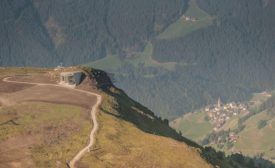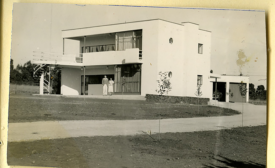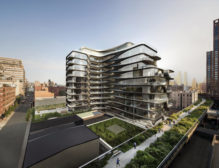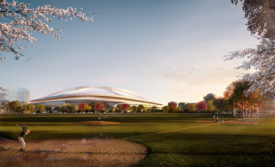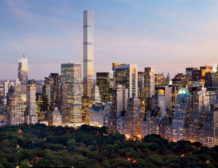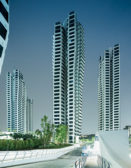Zaha Hadid Architects
A mountaineering museum puts the daunting and spectacular landscape around it into sharp focus.
Read More
The High Life
The new super-slender, supertall residential skyscrapers are emblematic of high demand and new money flooding into the market for architecture.
Read More
Copyright ©2024. All Rights Reserved BNP Media.
Design, CMS, Hosting & Web Development :: ePublishing
